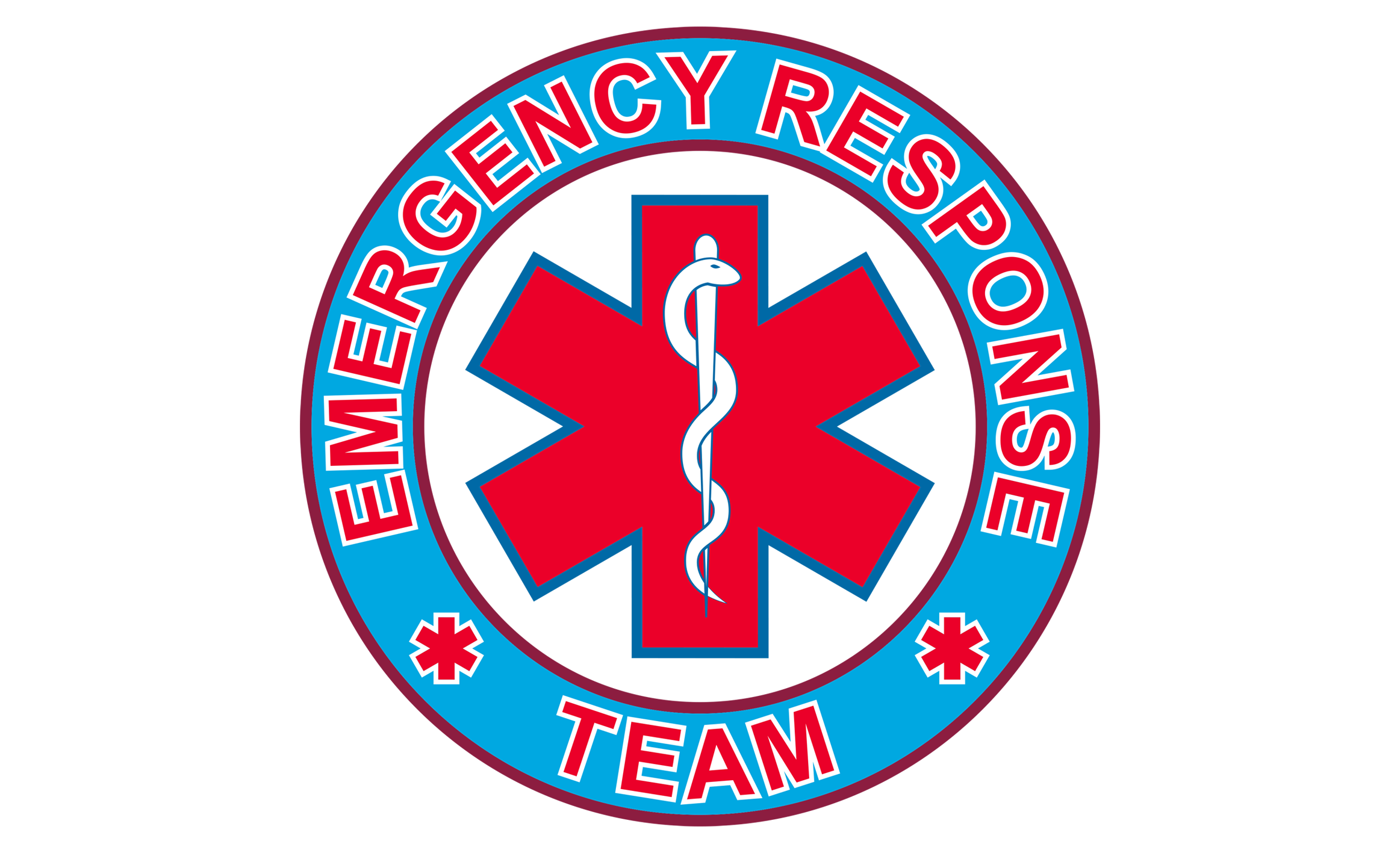Cefepime–taniborbactam promising for treating complicated UTI

Widespread and emerging resistance to β-lactam antibiotics complicates management of serious UTI, which is responsible for at least 600,000 annual hospital admissions in the United States. Members of the CERTAIN-1 Study Team conducted a phase 3, double-blind, randomized trial to compare the efficacy of cefepime–taniborbactam, an investigational β-lactam and β-lactamase inhibitor combination, with standard treatment for complicated UTI. The study was published in the February 15, 2024, issue of NEJM.
The researchers assigned hospitalized adults with complicated UTI, including acute pyelonephritis, in a 2:1 ratio to receive I.V. cefepime–taniborbactam (2.5 g) or meropenem (1 g) every 8 hours for 7 days. Of the 436 patients who had a qualifying gram-negative pathogen against which both study drugs were active, 57.8% had complicated UTI, 42.2% had acute pyelonephritis, and 13.1% had bacteremia. Composite (microbiologic and clinical) success occurred in 70.6% of the patients in the cefepime–taniborbactam group and in 58.0% in the meropenem group.
Differences in treatment response were sustained at late follow-up (trial days 28–35), when cefepime–taniborbactam had higher composite success and clinical success. Adverse events occurred in 35.5% and 29.0% of patients in the cefepime–taniborbactam group and the meropenem group, respectively, with headache, diarrhea, constipation, hypertension, and nausea among the most frequently reported.
The authors concluded that cefepime–taniborbactam is a potential treatment option for patients with complicated UTI and acute pyelonephritis caused by Enterobacterales species and P. aeruginosa, including antimicrobial-resistant strains. ■
Continuation of temporary PPI treatment in ICU patients could result in harmful adverse effects
PPIs are commonly prescribed for critically ill patients, primarily for preventing stress ulcers. However, their use is not always terminated after the patient has recovered, leading to potential adverse effects from continued PPI use. Although mainly applied temporarily for stress ulcer prophylaxis, their application is frequently continued. In a study published in the February 2024 issue of Critical Care Medicine, researchers at the Ruhr University Bochum tested the hypotheses that nonindicated PPI therapy continued beyond hospital discharge is associated with increased morbidity, rehospitalization rate, and mortality.
The authors conducted a nationwide retrospective cohort study of over 11,000 ICU patients who received PPI therapy for the first time during an ICU stay without having an indication for its continuation between January 2017 and December 2018 with a 2-year follow-up. The cohort was stratified into two groups: patients without further PPI therapy and patients with continuation of PPI therapy beyond 8 weeks after hospital discharge. Study results showed that 42% of the patients continued PPI therapy without an identifiable indication, and that these patients had a 27% greater risk of pneumonia, a 17% greater risk of CV events, a 34% greater risk of rehospitalization, and a nearly 20% greater 2-year mortality risk.
These data, said the authors, demonstrate that unnecessary continuation of PPI therapy after hospital discharge may significantly impact morbidity and mortality. They recommend that health care providers ensure timely cessation of temporarily indicated PPI therapy. ■
Training improves pharmacist code response team

Pharmacist participation as members of the code response team in hospitals and emergency departments is associated with improved outcomes, including increased compliance with Advanced Cardiac Life Support algorithms and a decrease in medication errors and mortality. Despite this, most institutions lack formalized pharmacist training for code team responses. Researchers at Brigham and Women’s Hospital in Boston evaluated the impact of a didactic and simulation-based code response training for pharmacists on self-perceived improvement and preparedness when responding to in-hospital medical emergencies. The study was published on February 22, 2024, in JAPhA.
An emergency response curriculum, facilitated by four lead clinical pharmacy specialists, was developed for staff pharmacists and pharmacy residents, and included a 60-minute didactic code competency lecture followed by two medical emergency simulations and a debrief after each scenario. Almost 75 pharmacists completed the training and 60 completed a post-course survey. Of those who completed the post-course survey, 70% were pharmacy residents. Of the participants, 95% believed the training should be required annually or multiple times a year and 100% of respondents felt the training was beneficial.
The authors concluded that the didactic and simulation-based learning improved the confidence and preparedness of pharmacists when participating as members of the hospital code team. They suggested that future studies should continue to evaluate pharmacist training and curriculum development in code team responses. ■
Stop or continue buprenorphine for chronic pain in the acute care setting?

Buprenorphine is used to treat acute and chronic pain as well as OUD. However, due to poor quality evidence supporting previous treatment guidelines, clinicians are faced with a challenge in how to manage emergency department (ED) and postsurgical patients who are already receiving buprenorphine for chronic pain. Discontinuing buprenorphine could pose the risk of opioid-induced hyperalgesia while continuing or modifying buprenorphine doses poses a risk of inadequately managing acute pain. Researchers at the Durham VA Health Care System in North Carolina conducted a cohort review involving patients receiving long-term buprenorphine therapy who either underwent a surgical procedure or presented to an ED for acute pain between January 1, 2012, and January 1, 2022, to evaluate treatment strategies.
Chart reviews were conducted for 70 patients to characterize buprenorphine treatment strategies and the addition of new pain medications. Chart review revealed incidence of OUD relapse, hospital re-presentation for pain or OUD, fatal and non-fatal overdose, and all-cause mortality and suicidality. Of those included in the study, 85% presented to the ED while 16% underwent surgical procedures; 79% had an OUD diagnosis. The total daily dose of buprenorphine or buprenorphine/naloxone from index date to discharge was continued in 90%, increased in 2.9%, decreased in 1.4%, and discontinued in 5.7% of cases. At discharge, 46% were prescribed an additional pain medication. Within 90 days of discharge, 7.1% of patients re-presented for pain or OUD relapse, 16% experienced an OUD relapse, 1.4% experienced new-onset suicidality, and 1.4% experienced all-cause mortality. No fatal or non-fatal opioid overdoses were observed.
The researchers concluded that the most commonly observed practice of continuing buprenorphine doses in patients with acute or postsurgical pain was effective and safe. They note that although further data are necessary to fully elucidate these findings, the data from their study, published on February 16, 2024, in JAPhA, may suggest that clinicians can safely continue buprenorphine doses in the acute pain setting in patients receiving these medications for chronic pain. ■